What comes to mind when you think of compact bass amp heads?
Since many of the recent solid-state amps are relatively affordable, I had the impression that many of them were purchased as equipment for school club activities.
When I was a student, the Hartke HA Series and Ampeg PF Series were the standard school clubroom/studio equipment. Unfortunately, I am sad to say that the HA2500/3500 have recently been discontinued.
In recent years, many popular solid-state amplifiers have adopted the Class-D type. This provides a stable signal even at high outputs in amps such as Markbass’ Little Mark Series has set the standard for bass amplifiers. The Little Mark packs an unexpectedly powerful punch from its compact body.
In this article, I am going to compare and review the two latest models of Markbass amp heads, the Little Mark IV and the Little Mark 58R.
The 58R is a new model that was released at the end of March 2023 and is an even lighter version than its predecessor the IV model. Both have the same output (500W@4Ω / 300W@8Ω).
Design Comparison
■ Left, Little Mark 58R Right, Little Mark IV

At first glance, one might think that both of these are both Markbass amps. The color scheme is one that most bassists may have seen before and the yellow print on the black background makes the control panel easy to read.
Maybe the 58R had more controls and features…? but it still has the familiar controls and inputs/outputs of the IV. The 58R send/return terminals, LINE OUT, etc., are located on the front panel instead of the real panel, which is the setup for the IV. The switches have been changed from buttons to lever toggle switches. The shape of the knobs are also different. The 58R has a bumpy shape like Little Mark Vintage. Personally, I prefer the 58R’s knobs because they’re easier to operate.
■ Front Panel of IV
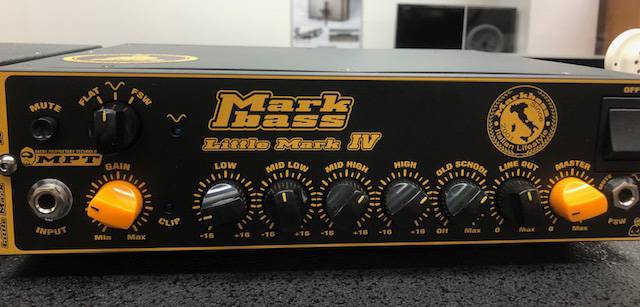
■ Front Panel of 58R
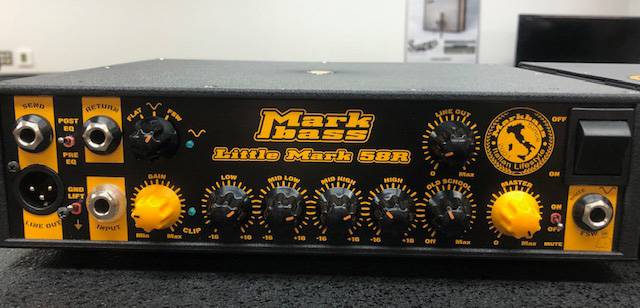
■ Rear Panel of IV
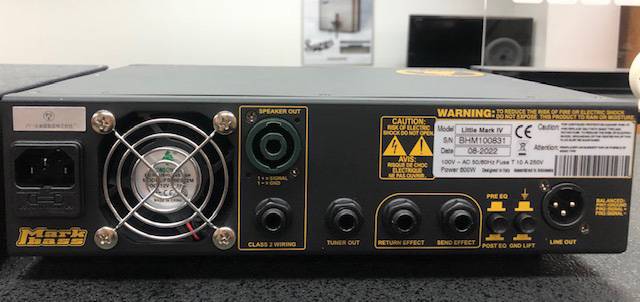
■ Rear Panel of 58R
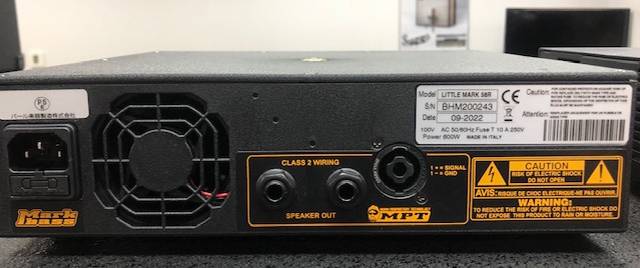
In terms of size, they are almost the same from above, but I was surprised at how light the 58R was when I lifted it. The manufacturer’s official weight for the IV is approx. 2.45 kg and the 58R is approx. 2.0 kg. The surface of the housing of the 58R has a rough texture and is made of eco-friendly materials that keeps the environment and our future in mind, while also being lightweight.
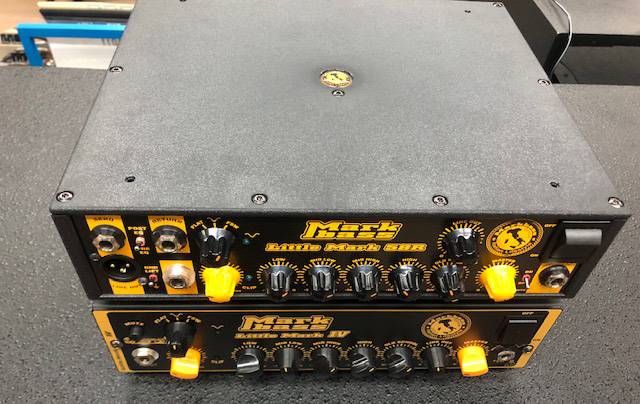
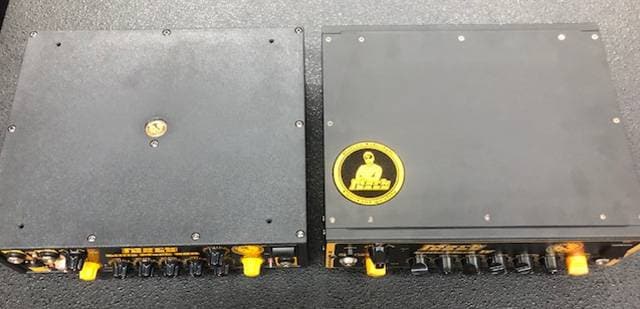
Sound
After comparing the two, I got the impression that the IV has a cohesive sound with a firm low mid even with a flat EQ, while the 58R has a natural sound that does not spoil the original sound of the bass.
The 58R inherits the characteristics of the Little Mark III which is no longer in production, and seems to express the picking nuance in a straightforward manner, especially when played with a pick.
The IV has a sense of weight and stability in the low frequency range, as well as an elegant high frequency range that is pleasing to the ear.
Both models do not assert the character of the amp too much, and the sound can easily be adjusted by changing the EQ on the amp. Depending on the amp settings, I feel that both models have irreplaceable appeal!
The BI-BAND Limiter is a newly designed limiter from IV. It features a quick and dynamic response compared to the conventional limiter. The high end produces a more natural sound. It’s also suitable for those who want to enjoy a quick and punchy attack at a high volume. The IV has a particularly clear attack, and I feel that it can achieve a crisp sound in slap playing.
The on-board EQ is a 4-band specification (Low/68Hz, Mid-Low/360Hz, Mid-High/800Hz, High/10kHz), which is adequate for this size. Personally, I think the Low and Mid-Low work well and can be played with in many various patterns!
Also, looking at the two new models, some of you may have noticed that there are no VLE/VPF controls, which were included in the previous III model and others. These are Markbass’ original specifications that allow for instant adjustments of specific frequencies using the respective knobs.
Instead, they are equipped with an OLD SCHOOL knob and a 3-way rotary switch. In these two models, these take the role of VLE/VPF controls. The OLD SCHOOL control cuts high frequencies to produce a round, smooth sound. When the high frequencies are cut down, it can reproduce a moderately muffled vintage sound, as if the tone has been narrowed down. Personally, I felt that it works especially well with precision bass.
Using the 3-way rotary switch, you can instantly create what is called a “mid scoop” sound. The 58R seems to be able to express a more gritty and bright mid scoop sound than IV.
In addition to FLAT, which is a well-balanced frequency response, Scooped-Mid can be selected to produce a mid scoop sound, and the FSW can be selected with an optional foot pedal. FSW can be selected by using the optional foot pedal. The waveform mark in the photo below corresponds to Scooped-Mid.
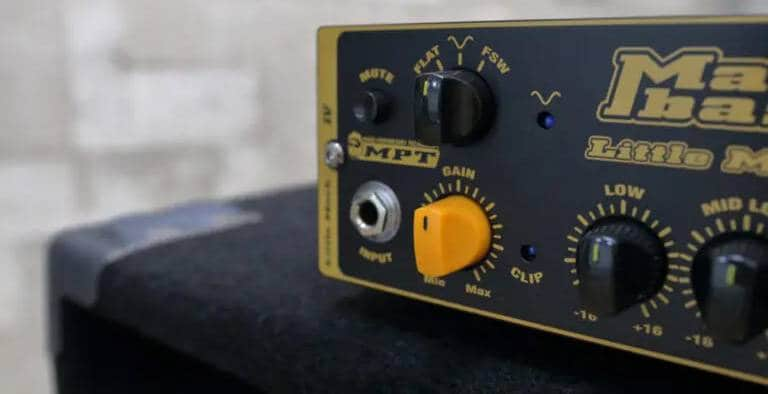
On the FSW, an optional dual footswitch can be connected to instantly switch between mute and Scooped-Mid at the touch of your foot.
Anyone can express a sound that makes the most of the amp’s character by utilizing these original Markbass controls, but I found this model to be highly versatile with a 4-band EQ that can be adjusted for a more detailed expression according to the player’s preferences.
Summary
Both the IV and the 58R models are designed to be portable, yet they have a sound that is rich and powerful, just as one would expect from a standard Markbass amp. The amps offer a wide range of sound creation that anyone can enjoy as they search for their favorite sound.
In addition, the 58R seems to be easier to operate due to the changes in the shape of the knobs and switches and the placement of the controls. I felt that this model was born out of careful planning, deriving improvements from the player’s point of view.
Speaking of the sound, both models are outstanding so it’s hard to choose one because they both allow for numerous amp settings. I think there are different tastes depending on the bass you normally use and your playing style, but the more you play, the better they both sound. These two models are so versatile and allow for a myriad of adjustments so it’s really difficult to choose just one!
Both models are also attractive for the LINE OUT feature. You can connect them to a mixer for home recording as well as for live performances without having to prepare a DI box. I recommend these amp heads to anyone currently in school looking for a versatile amp head for their next semester.
Related Products
⇒ MARKBASS / Little Mark IV
⇒ MARKBASS / Little Mark 58R






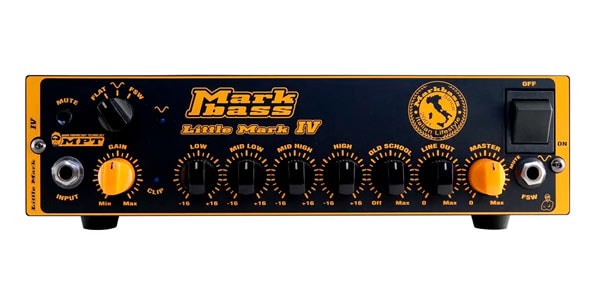
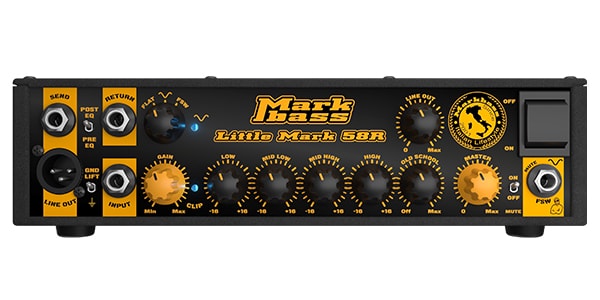
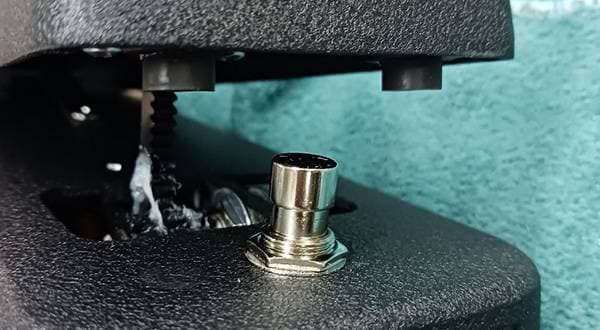
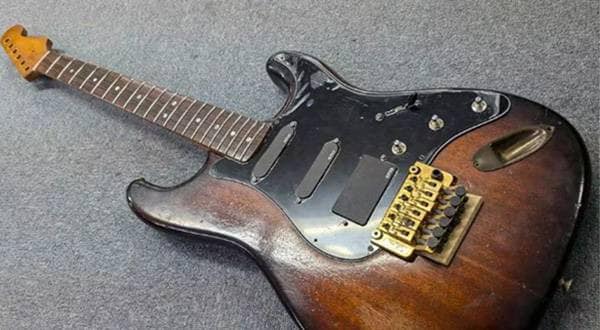
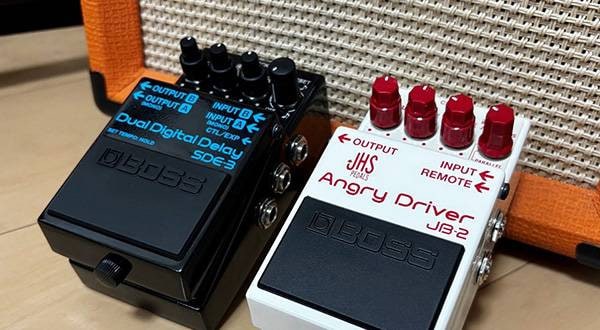
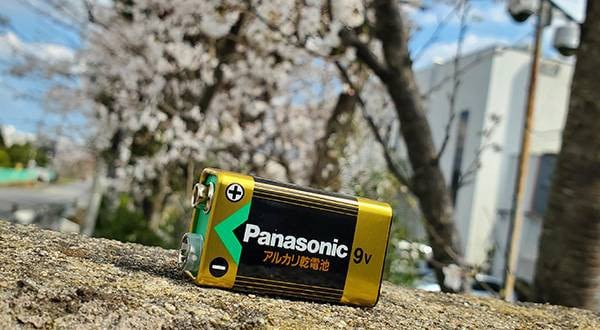
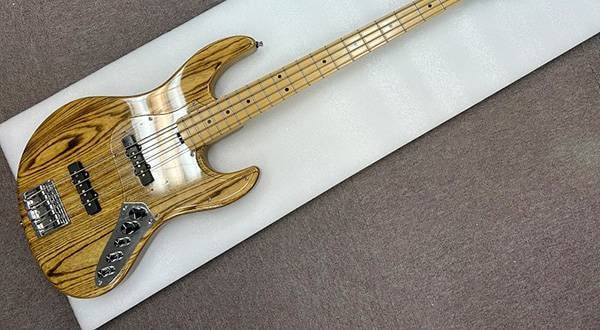
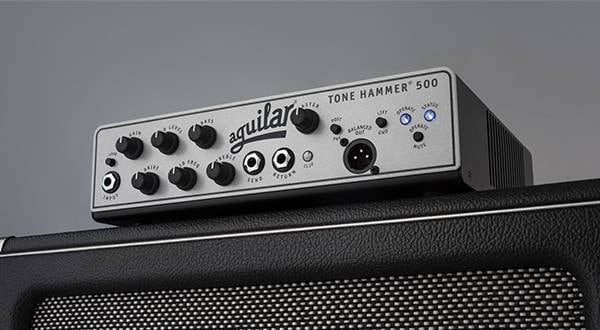
![[Bass Amp] Transistor or Vacuum Tube?](/contents/uploads/thumbs/5/2021/12/20211222_5_15729_1.jpg)

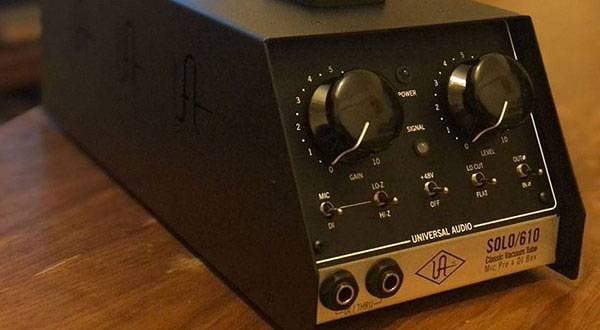
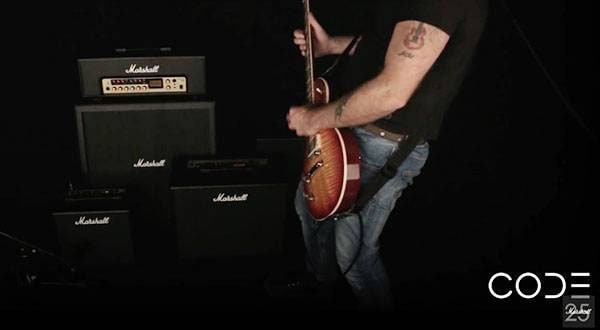
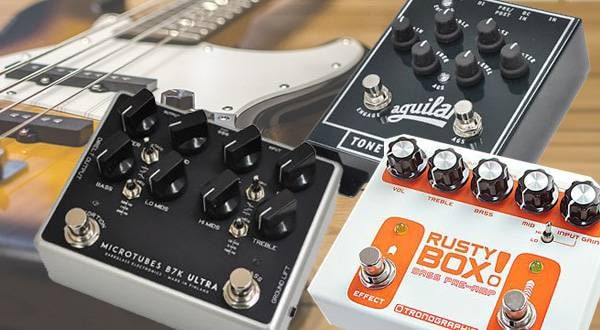
 ベーススタートガイド
ベーススタートガイド
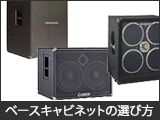 ベースキャビネットの選び方
ベースキャビネットの選び方
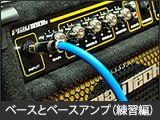 ベースとベースアンプ(練習編)
ベースとベースアンプ(練習編)
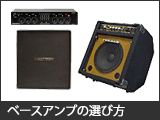 ベースアンプの選び方
ベースアンプの選び方
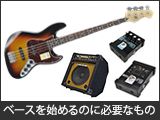 ベースを始めるのに必要なものは?
ベースを始めるのに必要なものは?
 ベース初心者講座
ベース初心者講座















